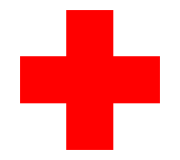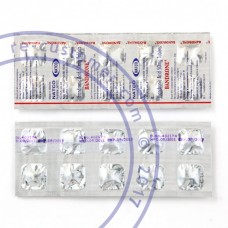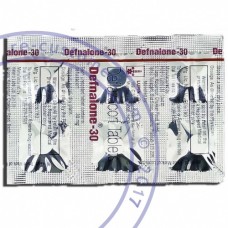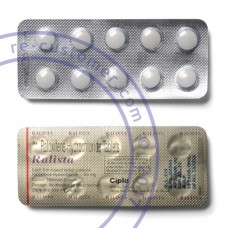

Osteoporosis is a disease which is presented by softening of skeletal bones, reducing of their density and increased probability of broken bones in conventional situations. The most dangerous places are the spine, femur neck, wrist radius. This state is so unpredictable and severe that even an ordinary attack of coughing or elevation of minor heaviness can end up with a fracture. The main danger is that a patient doesn`t experience any particular pain, but even an ordinary sneeze can make a person handicapped forever.
Initial symptoms of osteoporosis are so insignificant that majority of people pay little attention to them. This is the greatest mistake. Let us consider the most widespread ones:
- Nails become brittle and stratified, developing of parodontosis, dental plaque persists, people complain of constant fatigue, general weakness. Foot cramps occur, especially at nighttime or after taking diuretic drugs. Premature graying of hair; patients always feel their heartbeat
- Not significant pain in the lumbar and sacrum, large joints, knees, ankles, hips. It, however, disappears quickly after a person rests. The emergence of severe pain is a sign of fracture; this is the reason for immediate visit to a doctor
- Formation of intervertebral hernia; its treatment is ineffective and does not bring relief
- Between the blades always present a sense of heaviness
- The spine curves
- In elderly people can diminish their heights (which can be seen on the clothes)
- Possible deformations and tumescence in the feet
The hazard of this disease progression varies with gender.
In the females, chances of osteoporosis developing increase in the following cases:
- Early climax (before 44 years old)
- A hysterectomy or removal of ovaries
- Absence of menses for more than six months due to a strict diet (starvation), or excessive exercise
The risk of osteoporosis in men, scientists believe, is provoked by a reduction in testosterone levels. This health state can cause the following factors:
- Reception of glucocorticoids
- Alcoholism
- Smoking
- Hypogonadism (pathology, in which testosterone levels goes below the critical boundary)
General risk factors are:
- Prolonged recumbent regime
- Paralysis, which is related to the low activity of motor neurons of the spinal cord
- Prolonged exposure to zero gravity (space expedition)
- Shortage of consumption of calcium, vitamin C
- Gastric resection
- Improper nutrition, alcohol abuse
- Anticonvulsant therapy
- Thyroxine treatment
- Heredity
- Certain chronic diseases and endocrine disorders (colitis, diabetes, sarcoidosis, adrenal adenoma)
Usually there is a combination of several factors.
Diagnosis is based on clinical data. To define the condition of the patient and the stage at which the illness is, medical professionals use radiography, ultrasound densitometry, laboratory tests. Contraction of bone density by 30 percent indicates the presence of osteoporosis. We must note that bone density declines everywhere, but not evenly, so there is a need to carry out researching in a few segments of the skeleton. Healing of the disease is difficult, it would be much better to carry out its prevention. The therapy should begin only after establishing an accurate diagnosis, not because someone advised so. In fact, on the degree of osteoporosis will depend the duration of its treatment, and subsequently the opportunity to monitor its severity. For the treatment are used bisphosphonates, substances that prevent further breaking of the bones; they do not restore a bone, but only protect the remaining tissue from further damage, and the sooner treatment is started, the more effective it is. The most researched and safe medication, for now is ostalon, it is used in world practice for more than 10 years; calcitonin is effective in the acute period. Receiving of calcium is compulsory.
Osteoporoses prophylaxis consists in the healthy way of life, eradication of bad habits and treatment of chronic diseases.
Diagnosis of osteoporosis must be made only by a knowledgeable specialist, taking as a basis the early signs of the illness and the conducted study. He or she also appoints a method of healing, but we ourselves are responsible for prevention of this insidious condition.






